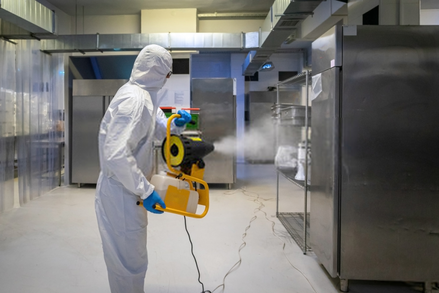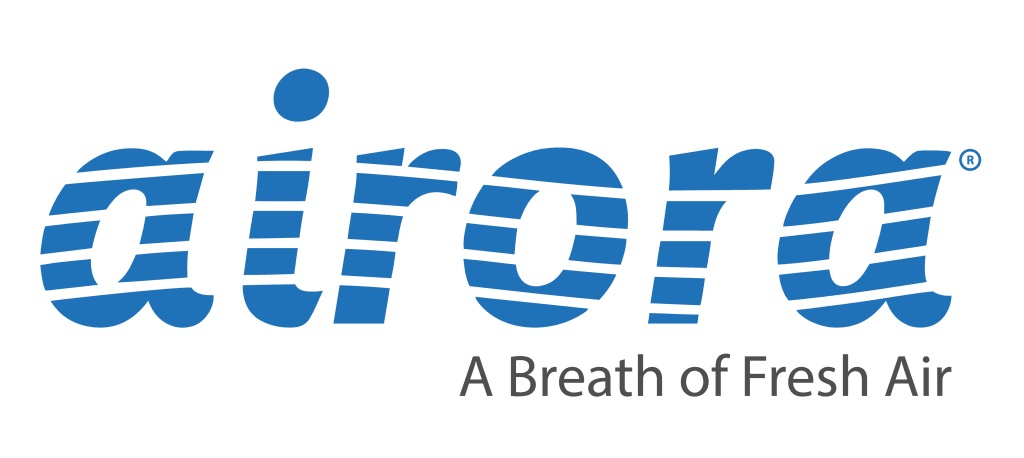A Closer Look at Ionisers
Ioniser air purifiers release ions (that is charged particles) into the air. It is postulated that these ions collide with airborne particles such as dust or pathogens thereby giving them a charge. The now charged particles are then attracted to surfaces, such as walls and curtains, or sink to the floor, taking them out of the air. Under some conditions, and over a relatively lengthy period of time, the presence of high levels of ions has been shown to damage some types of bacteria, viruses and mould sufficiently to make them non-viable.
However, the reality is starkly different:
As with HEPA filters, ionisers have the drawback that they only effect particulates, not gasses.
Maintaining a sufficiently high intensity of ions throughout an entire space is practically impossible, as evidenced by Boeing’s latest research, which was unable to demonstrate any material effect on surface borne pathogens during their extensive testing.
Any effects tend to be very local as ion intensity drops off naturally and rapidly away from the device. Indeed, LifeAir’s own published data shows that only around 1% of ions remain active just 1m away from the device!
Even if they were generally effective in removing particulates (including viruses and bacteria) from the air to surfaces in the room then, as the particles gradually lose their charge, or they are disturbed, they will be re-adsorbed back into the air.
If an ionised pathogen is inhaled, it is more likely to stick to the walls of your respiratory system thus increasing the chance of an adverse reaction.
Ionisers often increase the level of ozone in a room, possibly beyond safe levels. Indeed research at the University of Leeds has shown that pathogens that eventually become non-viable in the presence of ions are primarily damaged by the related ozone and not by the ions nor their associated charge!
Sadly, there are grossly misleading and false claims being made for this type of air cleaner. Unlike ionisers, Airora’s unique patented technology quickly destroys all types of pathogen throughout an entire space.
The problem with rudimentary hydroxyl generators
Including PCO, PECO and Photocatalytic
In addition to the longstanding filter technologies, some manufacturers have produced air filters based on rudimentary Hydroxyl Radical technology.
While such PCO / PECO / Photocatalytic devices create hydroxyl radicals within the device, those hydroxyls are so short lived (typically < 0.2 seconds) that their effect does not genrally nor materially extend outside of the device.
Consequently, these rudimentary hydroxyl based air cleaners rely almost entirely on exposing pollution to hydroxyls within the device. As such they are ‘filters’ and share the same shortcomings as all other filter-based air purifiers.
Sadly, the claims made for this basic technology are often grossly missleading, including an evidence free implication that the hydroxyls created spread outwards from the device to clean the air in the room and surfaces.
Only Airora’s unique patented technology creates abundant hydroxyls in-situ throught the room, destroying all air and surface borne pathogens.

The problem with Radiant UVC Disinfectors
A unique characteristic of UV light is that a specific range of its wavelengths, those between 200 and 300 nanometers, are categorized as germicidal – meaning they are capable of inactivating microorganisms, such as bacteria and viruses.
Devices known as ‘UVC Disinfectors’ create intense UVC germicidal light (dangerous to humans) which is used to treat an empty room and its contents for a period, killing airborne and surface pathogens.
While the process itself may be relatively effective (for a short period), it has many obvious drawbacks compared to a technology which can achieve the same or better results, but safely run 24/7 with people present.
Their most obvious weakness is that as soon as someone walks into a room newly disinfected with UV-C light, it’s immediately re-contaminated!
Additionally, using a UVC Disinfector as an anti-microbial device:
Requires trained personnel working strictly in accordance with a safe method of work statement.
Typically needs a full time member of staff to move and operate the device so as to get sufficient usage to justify its high initial cost.
Requires the space to be treated to be empty of people and secured so that people, pets etc. cannot accidentally enter the space being irradiated.
Only destroys pathogens in a direct line of sight of the device, so there are always surfaces that will not be cleared of pathogens – it may well require repeated treatments with the device in different locations within the room in an attempt clear most surfaces.
Requires the operator to move the curtains, take things off of walls, open drawers and cabinets, expose telephones, remote controls and other high-touch surfaces so that the light reaches them. Airora kills all types of air and surface borne pathogen with none of these drawbacks!


The problem with 'Foggers'
A ‘Fogger’ is a device that creates a chemical fog, such as ozone, to kill bacteria and / or viruses.
Such chemical ‘fogs’ are dangerous to humans, and so foggers are used to fumigate spaces without people being present. While the process itself may be effective (for a short period), it has many obvious drawbacks compared to a technology which can achieve better results, but safely run 24/7 with people present.
One major weakness is that as soon as someone walks into a newly fumigated room, it’s immediately re-contaminated.
Other drawbacks of using a 'fogger' as an anti-microbial device:
Requires trained personnel working strictly in accordance with a safe method of work statement.
Requires the room or space to be treated to be empty of people and secured so that people, pets etc. cannot accidentally enter the space being fumigated.
Requires items likely to be damaged by the fumigant to be removed, and later replaced, to protect them from damage.
Requires the transportation, storage or handling of toxic chemicals
Airora is entirely safe, requires no supervision, and operates 24/7 with people present

